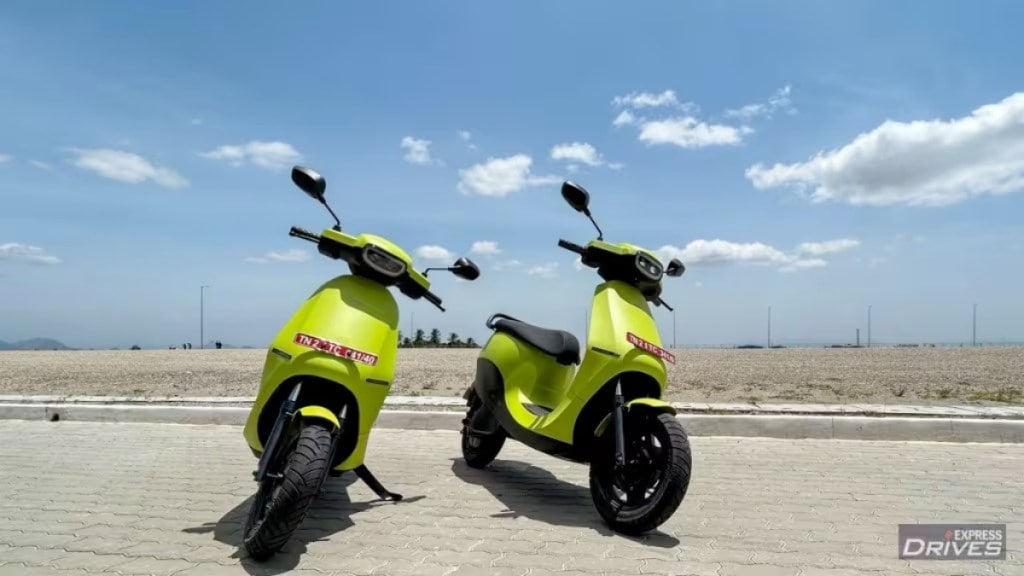IPO-bound Ola Electric expects its electric vehicles (EVs) to be powered by in-house manufactured lithium-ion battery cells by early next year, according to the company’s chairman and managing director Bhavish Aggarwal.
“Early next year is when you can see our own cells in our own products,” Aggarwal said at a press conference at the company’s headquarters in Bengaluru on Saturday.
He further added that the company is in the final stages of the whole process and is only a few months away from finalising the production process and commercialisation.
Ola Electric, India’s largest selling electric two-wheeler manufacturer, is ramping up the Ola Gigafactory, a 110-acre cell manufacturing plant located closer to its EV two-wheeler manufacturing plant in Tamil Nadu’s Krishnagiri district.
Ola Gigafactory has commenced operations with an initial capacity of 5 GWh (GigaWatt hours), which will eventually be scaled up to 100 GWh in phases.
Currently, 1.5 GWh of the capacity is operational as part of Phase 1A. The company is looking to expand it to 5GWh (Phase 1B) by the year end. “We have invested close to $100 million for phase A of Gigafactory expansion,” Aggarwal said.
Providing a rough calculation, Aggarwal said, an electric two-wheeler requires 3 kW (kilowatts) of energy and 5 GWh can power upto 8 million scooters.
“We can easily serve ourselves and other customers both in India and even other parts of the world,” Aggarwal said, adding that the need for lithium-ion cells goes beyond the automotive industry such as energy storage (for home and grid storages).
Currently, Indian EV manufacturers rely on China, Japan, and South Korea for lithium-ion battery cell sourcing. Ola Electric, for instance, procures cells from LG Chem, South Korea.
“In general, battery packs cost 35-40% of EV two-wheeler costs and about 25-30% in case of four-wheelers,” Aggarwal said, adding, “Our goal of doing cells is to bring technology to our products faster and also vertical integration will help us in cost reduction vis-a-vis procuring cells from outside.”
Ola Electric is currently testing 4680 forms of battery cells, which offers a higher charging rate, resulting in shorter charging times, and lower production cost as compared to the 2170 form of battery cells it currently uses. Aggarwal said 4680 cells are a future generation of cell technology, which will offer 5X more energy in each cell as compared to 2170 cells.
Like several global EV players, Ola is also working on Solid-state batteries that have higher energy density than lithium-ion batteries and are safer since electrolytes in solid state are non-flammable.
Asked for a timeline for Solid-state battery production, Aggarwal said, it is a very early stage technology even globally. “It’s too early to comment on any timelines. As and when the tech evolves we will continue to develop our technology in that space.”
According to Ola Electric’s DRHP, the company reported a consolidated revenue of Rs 2,783 crore in FY23, up from mere Rs 46 crore in FY22. However, the company’s net loss nearly doubled to Rs 1,472 crore from Rs 784 crore during this period.
Responding to a question on profitability, Aggarwal said, profitability is a function of volume and that the company’s sales volume is much higher today as compared to June 2023, the period till which the profitability numbers are available in DRHP.
(The writer was at Ola’s factory visit at the invitation of the company)


















